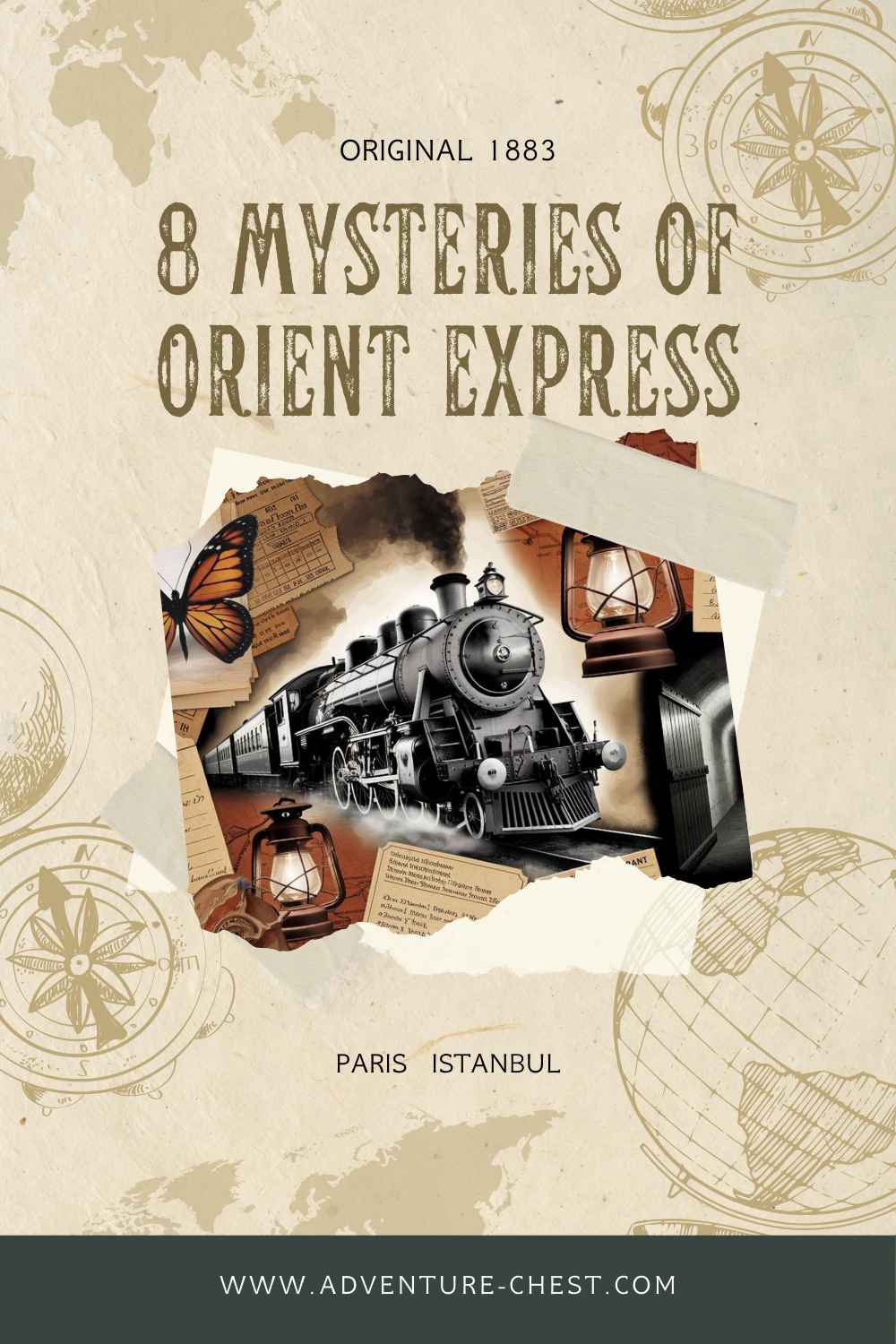In 2023, a long-lost Lalique glass panel from the original Orient Express surfaced in a small French antique shop — a forgotten fragment from the golden age of luxury rail travel. But beyond its elegance, the Orient Express holds far darker secrets. Once known as the “Spies’ Express,” this train became a moving stage for espionage, secret plots, and covert escapes.
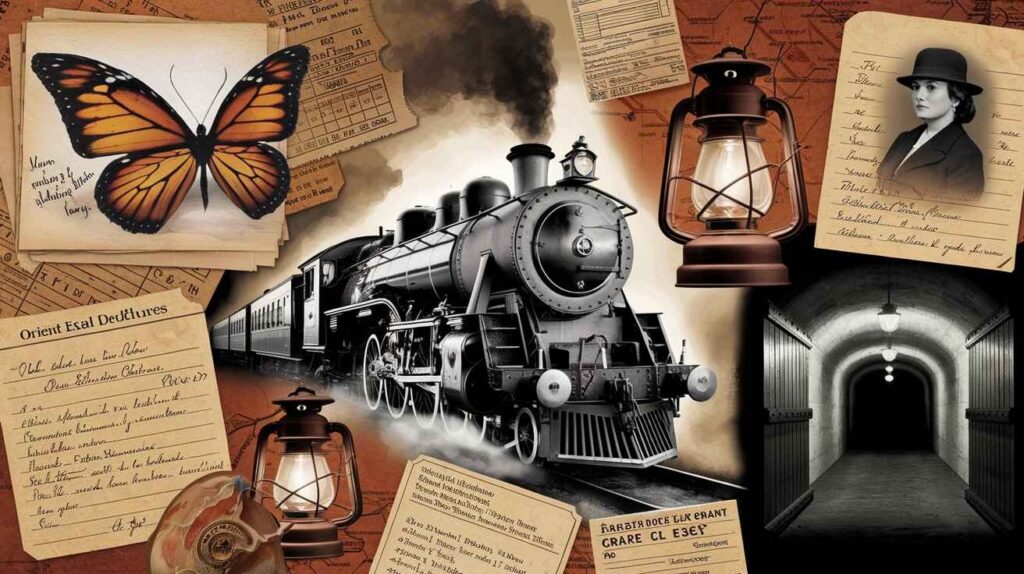
These 8 little-known Orient Express secrets reveal the hidden world of spies, secret codes, and shadowy intrigues along its legendary route.
The Butterfly Wings
Robert Baden-Powell, best known as the founder of the Boy Scouts, had a lesser-known role as a cunning British spy. During World War I, Baden-Powell traveled through the Balkans under the guise of a lepidopterist, supposedly collecting butterfly specimens. His sketchbook, filled with intricate drawings of butterfly wings, was a covert espionage tool.

Each pattern in his sketches contained coded information about Austro-Hungarian fortifications along the Dalmatian Coast. Posing as an eccentric naturalist, Baden-Powell moved freely through heavily guarded areas, mapping out crucial military structures without raising suspicion.
These hidden codes provided valuable intelligence to British and Italian naval forces, yielding strategic advantages in the Adriatic theater. His ingenious method of hiding secrets in plain sight remains one of the most creative and daring acts of wartime espionage.
The Cost of Betrayal
Mata Hari, the infamous exotic dancer-turned-accused spy, was a frequent traveler on the Orient Express during her European dance tour in the early 20th century. Celebrated for her mesmerizing performances and mysterious persona, she moved effortlessly through high society, captivating powerful figures across Europe. Rumors swirled that Mata Hari was playing a far more dangerous game as a double agent for both France and Germany during World War I.


The Orient Express, with its luxurious carriages and discreet clientele, provided the perfect means for her to move between capitals while allegedly carrying sensitive information. Though her true role in espionage remains a topic of debate, her arrest in 1917 and subsequent execution cemented her place in history as one of the most enigmatic figures in the world of spies.
The Attaché’s Last Plunge
In 1950, Eugene Simon Karpe, a U.S. naval attaché, met a mysterious and untimely end aboard the Orient Express. Near Salzburg, Austria, Karpe fell from the train under circumstances that remain suspicious to this day. His death was not just a tragic accident — it was one of the first American intelligence fatalities of the Cold War.
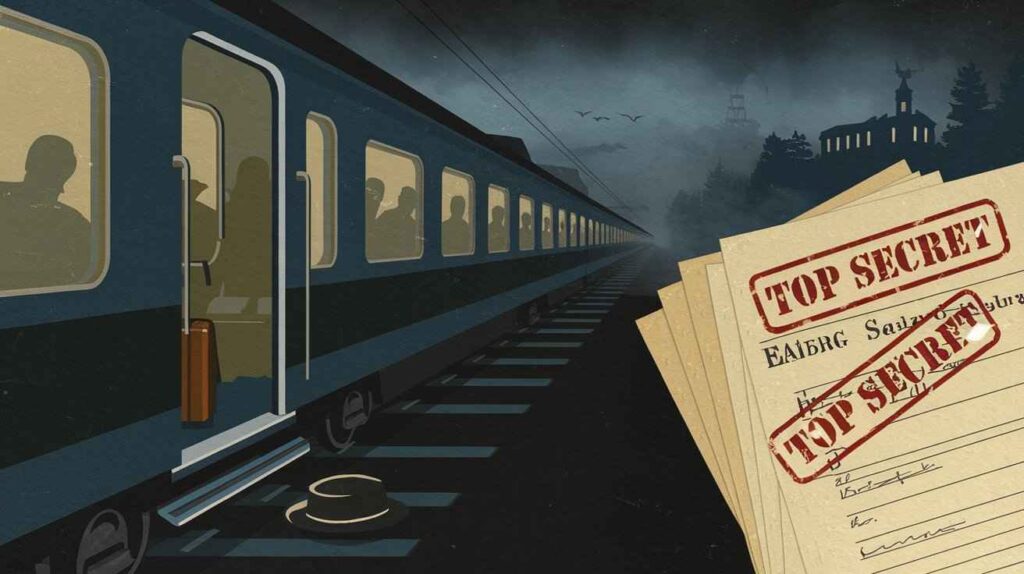
Karpe had been carrying sensitive documents related to spy networks in Eastern Europe, making his sudden demise all the more suspect. Some believe he was pushed by Soviet operatives seeking to eliminate a key intelligence officer, while others suggest he may have been silenced by unknown forces within the West.
Official reports were inconclusive, but the incident underscored the deadly stakes of Cold War espionage, turning the Orient Express into a shadowy battleground of intelligence warfare.
The Bond Begins
Long before James Bond made his cinematic debut aboard the Orient Express, his creator, Ian Fleming, experienced the train’s intrigue firsthand. As a former British naval intelligence officer, Fleming traveled on the Orient Express, absorbing its atmosphere of secrecy, elegance, and espionage. The train’s opulent yet shadowy world left a lasting impression on him, later influencing his writing.

In 1957, Fleming published From Russia with Love, the 5th novel in the James Bond series, featuring a tense showdown aboard the Orient Express. The book’s depiction of covert meetings, shifting allegiances, and deadly encounters on the train captured the very essence of Cold War intrigue.
The Paris Terminus: Hidden Bunker
Among the most significant Orient Express cities, Paris stands out as the train’s historic departure point, with its origins deeply tied to Gare de l’Est. This grand station, a cradle of the Orient Express historic route, also hides its own secrets.
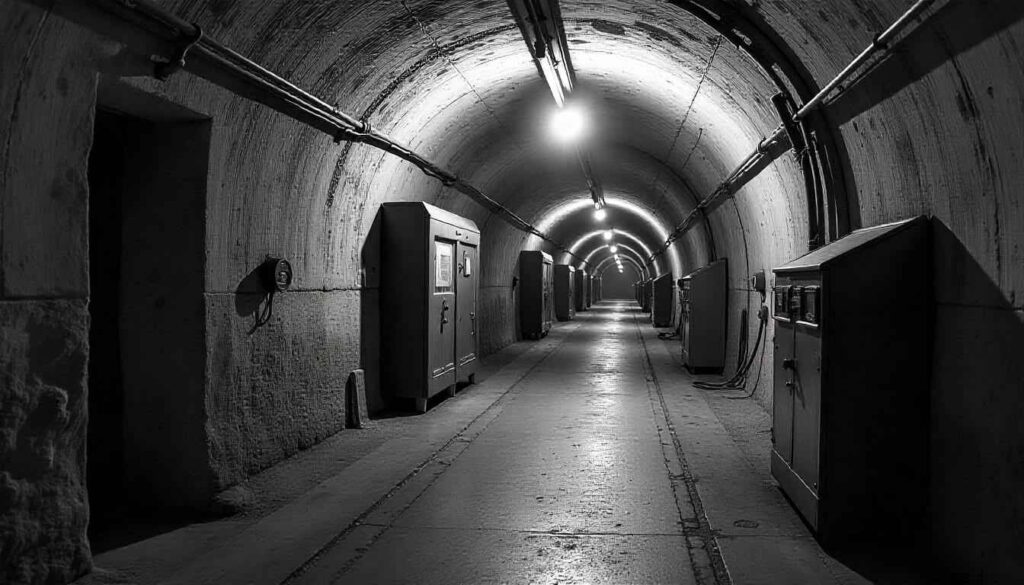
Beneath platforms 2 and 3 of Gare de l’Est lies a carefully maintained 1,290 ft2 / 120 m2 bunker. Originally designed as an air raid shelter by the French, it was later completed by the Germans during the occupation of Paris. Inside, the bunker contains 11 rooms dedicated to essential railway operations, a telephone exchange, and a machinery room.
Another unexpected discovery lies beneath tracks 4 and 5 of Gare de l’Est — a fully functioning model train installation. Managed by the Association Française des Amis des Chemins de Fer (AFAC), this hidden setup covers about 4,300 ft2 / 400 m2. It includes over 2,000 ft / 600 m of miniature railway tracks, hundreds of switching points, and 3 different-scale rail networks, built between 1946 and 1955.
Venice: Fragments of a Forgotten Era
Venice, a major endpoint of the Orient Express route, has recently revealed new layers of its ancient history through remarkable archaeological discoveries in the Venetian Lagoon. These findings shed new light on the area’s past, challenging assumptions about its early habitation.

Among the most significant discoveries is a submerged Roman road stretching 3,900 ft / 1,200m through the Treporti Channel. Likely part of a larger network connecting settlements, this road suggests that much of what is now underwater was once dry land. Alongside it, researchers have identified what may have been an ancient dock covering an area larger than a basketball court.
The Swiss Vault
As the Orient Express glided through the Simplon Tunnel, passengers found themselves beneath the Swiss Alps, an area long associated with secrecy and impenetrability. But beyond the famous rail passage, the mountains conceal something even more enigmatic: hidden vaults and high-security bunkers designed to protect the world’s most valuable assets.

Deep within a Swiss mountain, a Bitcoin storage vault is fortified against nuclear blasts and electromagnetic pulses, safeguarding millions in digital currency for elite clients. Elsewhere in the Alps, near a discreet airstrip designed for private jets, lies a massive gold repository, rumored to be one of the largest in the world. Access is strictly controlled, with layers of security including iris scans and facial recognition.
Istanbul: Secret Escape Routes
Archaeological findings: Although not directly related to the Orient Express, recent excavations at Sirkeci Station during the Marmaray project uncovered remnants from the Byzantine period, showcasing the area’s rich history
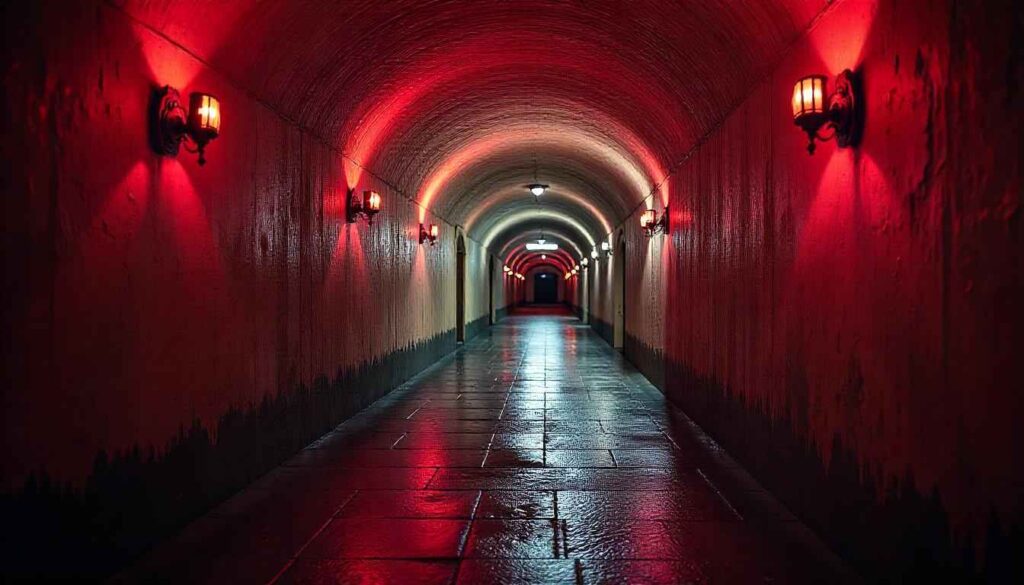
Istanbul is famously known for its labyrinth of underground tunnels, many of which are tied to the city’s Byzantine and Ottoman past. The area around Sirkeci Station is no exception, with recent investigations uncovering even more extensive underground networks, including hidden chambers and tunnels beneath the streets near the station.
- Secret Escape Routes: Some of these tunnels are believed to have been used during times of war, including the Byzantine and Ottoman periods, as escape routes for the elites or as hideouts for people during conflicts. Others speculate that these tunnels were used for clandestine meetings or smuggling operations, especially during times of political upheaval.
- A Secret Passageway to the Topkapi Palace: There have been rumors of a secret underground passage connecting Sirkeci Station to Topkapi Palace, the home of the Ottoman sultans. Although no definitive evidence has been found, some historians and urban explorers believe there could be hidden corridors that were once used by the palace’s inhabitants.

